With green opportunities, comes a lot of red tape: Different programs offered by local/state agencies - by Chuck Merritt

Environmental Consulting Corp.
When it comes to environmental projects, there are many different programs offered by local and state agencies. They are typically the most desirable during acquisition and redevelopment of a property in which environmental impacts have been discovered. The benefits of these programs can be significant, but the process can be slow and more costly than expected. The most common programs currently available are the Brownfields Cleanup Program (BCP) and the hazardous materials E-designation program (which is only available in the five boroughs of NYC). In addition, other programs exist such as the Voluntary Cleanup Program (VCP) and State Hazardous Waste Site (SHWS) program, although being placed on the SHWS list by regulators is typically not a desirable outcome.
The State Brownfields Cleanup Program has been around since 2003. Most states have a similar version in which dilapidated sites that are a blight on the neighborhood can be remediated to an agreed upon scope of work negotiated before the project begins. The benefit to the developer is the cost should have a cap so they can factor that into the redevelopment budget of the project. However, the investigations to determine a cap can take a long time. These programs can also have a backlog of projects so the response time when reports are submitted can take a while. The Hazardous Materials E-designated program was established in 2009 and applies exclusively to the five boroughs of NYC. Originally established by the NYC Department of Environmental Protection (DEP), hundreds of sites were flagged for possible environmental impacts. Many of these properties are former industrial sites in areas scheduled for a re-zoning to residential development. In 2009 the Office of Environmental Remediation (OER) was created and began managing this program. It operates in a similar way to the State Brownfield program in establishing a scope in advance. The parameters for the testing are extensive as OER wants to make sure everything is analyzed prior to excavation. This program can be quicker to navigate as OER has pre-set templates for applicants to use. In addition, the state program has more applications as they cover the entire state. However, several meetings with the owner and their consultant will be required. OER also has the option of deferring a project to the State Brownfield’s Cleanup Program.
Purchasers and those getting ready to redevelop these sites should be advised on what to expect. A good team consisting of an environmental attorney and environmental consultant with experience in navigating these programs can be invaluable. Many times, a phase one environmental site assessment (ESA) may not point out everything a developer needs to understand. Just because a property is not listed in a regulatory agency database as a known or suspected contaminated property, does not mean everything underground is fine. Many subsurface investigations are also intended for use as environmental due diligence instruments and scoped to look for exceedances of Volatile Organic Compounds (VOC’s) and Semi-Volatile Organic Compounds (SVOC’s) and are not designed to sample for urban fill material that may be present. This testing can add to the cost of the initial investigation but help with projecting disposal costs of the material. Not only will the aforementioned programs require an assessment of fill quality but disposal facilities accepting the material will require soil characterization documentation as well. When all remediation and proper disposal of the impacted soil is completed to the satisfaction of the governing regulatory body, a No Further Action (NFA) or a local Notice of Satisfaction (NOS) can be expected. This is the document that should satisfy lenders looking to make a loan as well as a future buyer.
Receipt of an NFA issued from the state level on a Brownfields property may take years depending on the severity of any discovered condition. However, receipt of State Brownfields program NFA is not required prior to the redevelop a property. At the local level in New York City, follow-up site management is also required and will incur costs that vary based on severity of the problem. In either case, both the state and local programs are designed to allow redevelopment in conjunction with implementation of a remedy with follow-up site management.
With the creation of Opportunity Zones as part of the 2017 tax cuts and jobs act, there may be more opportunities down the road for environmentally challenged properties. At some point, developers should expect either existing or new government rules on addressing these sites to have a role in the approval process.
Chuck Merritt, LEED AP, is the president of Merritt Environmental Consulting Corp., Hauppauge, N.Y.
Suffolk County IDA supports expansion of A&Z Pharmaceuticals

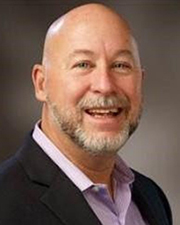
The evolving relationship of environmental consultants and the lending community - by Chuck Merritt
When Environmental Site Assessments (ESA) were first part of commercial real estate risk management, it was the lenders driving this requirement. When a borrower wanted a loan on a property, banks would utilize a list of “Approved Consultants” to order the report on both refinances and purchases.



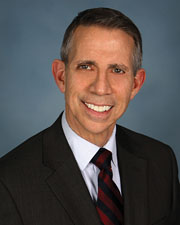
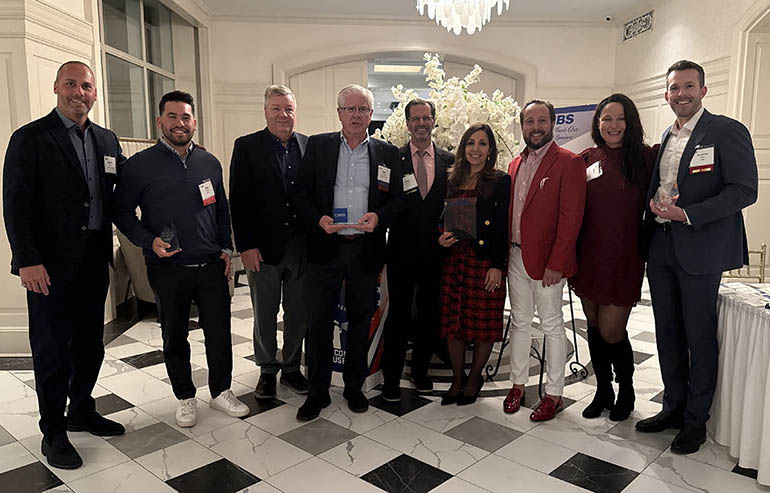
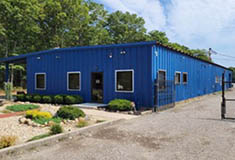
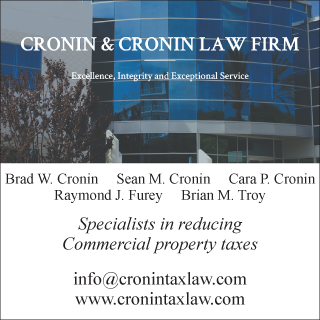

.gif)
.jpg)